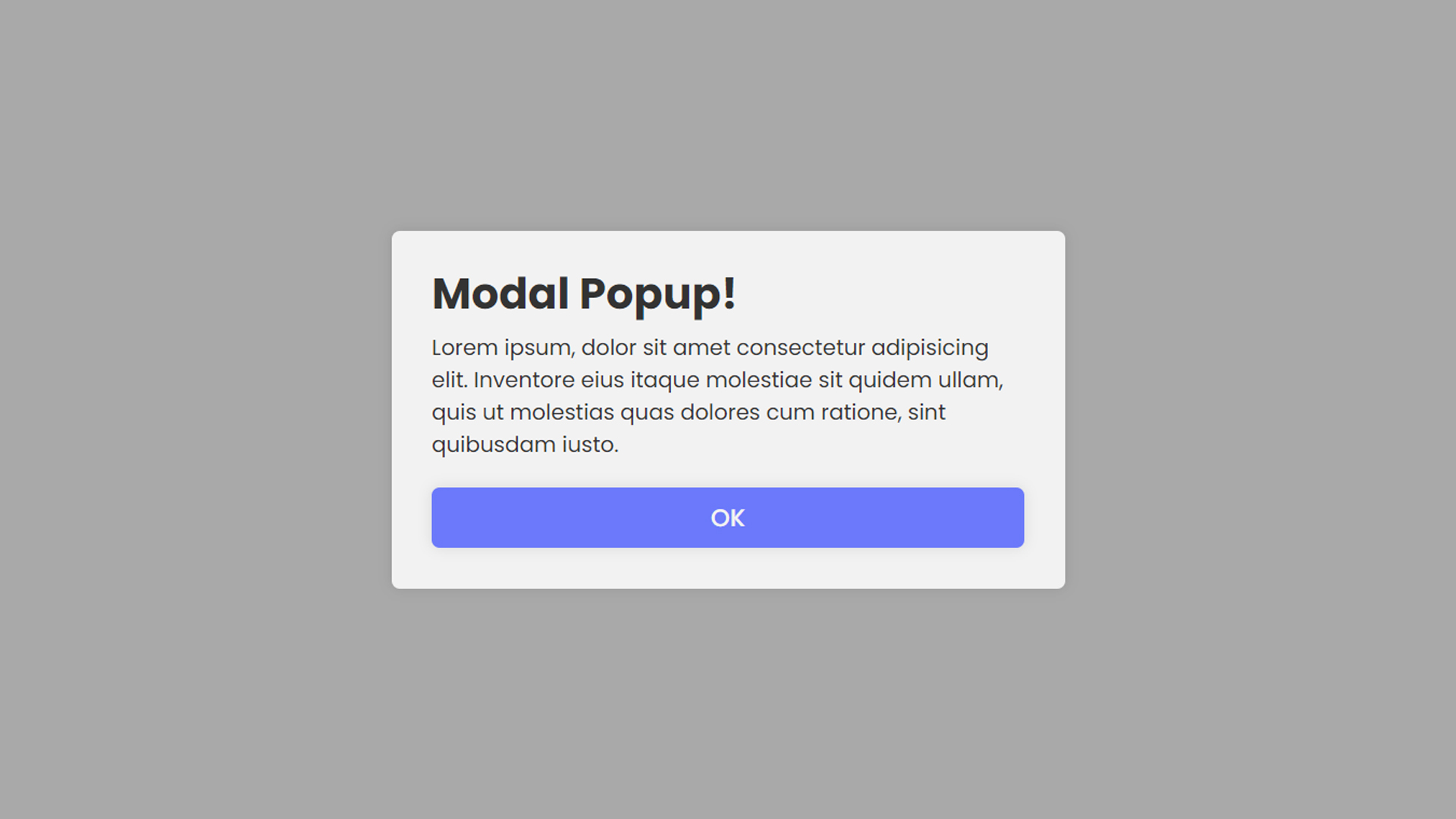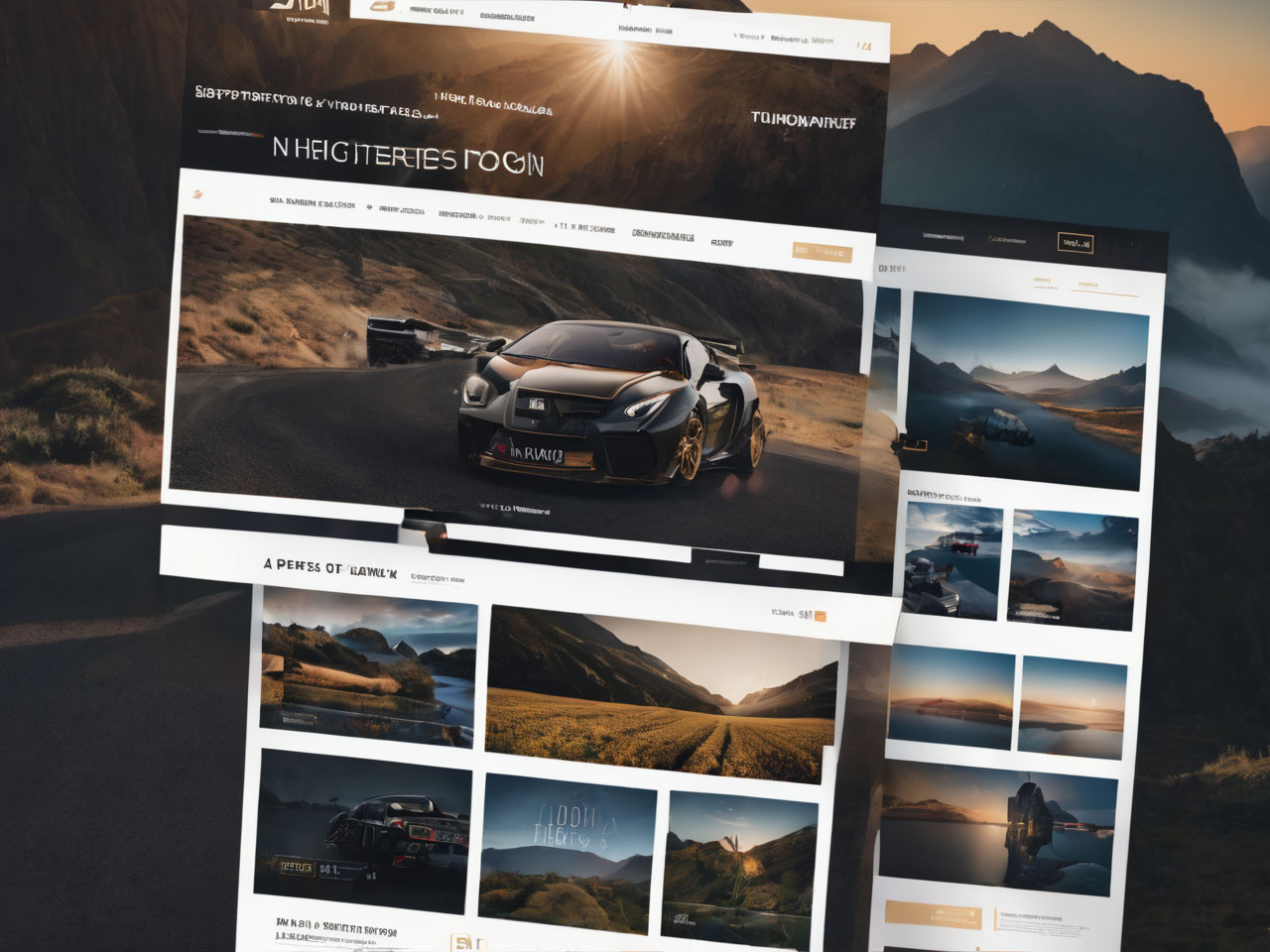In the digital age, where online visibility can make or break a business, having a website is essential. But merely having a website isn’t enough; it needs to be SEO-friendly to truly succeed. This article will delve into the world of SEO-friendly web design, discussing its importance, key elements, and benefits.
What Is SEO-Friendly Web Design?
SEO-friendly web design is the practice of creating websites that are optimized for search engines. It involves structuring your site’s elements and content to be easily crawled and indexed by search engines like Google. By doing so, you increase your website’s chances of ranking higher in search results.
The Importance of SEO-Friendly Design
- Enhanced Visibility: An SEO-friendly website is more likely to rank higher in search engine results pages (SERPs), making it more visible to potential visitors.
- Better User Experience: SEO-friendly design often goes hand in hand with user-friendly design, resulting in a website that’s easy to navigate and pleasing to use.
- Increased Traffic: Higher visibility and better user experience often lead to increased web traffic.
- Mobile Compatibility: With the growing number of mobile users, having an SEO-friendly, mobile-responsive website is crucial.
Elements of SEO-Friendly Web Design
To create an SEO-friendly website, you need to consider several key elements:
1. Responsive Design
Having a responsive design ensures your website adapts seamlessly to various screen sizes, including smartphones, tablets, and desktops.
2. Fast Loading Speed
Website loading speed significantly impacts both user experience and search engine rankings. Aim for a fast-loading website to keep visitors engaged.
3. Mobile Optimization
As more users access websites via mobile devices, mobile optimization is paramount. Make sure your site looks and works well on smartphones.
4. User-Friendly Navigation
Intuitive and clear navigation makes it easier for users to find the content they’re looking for, reducing bounce rates.
5. Quality Content
High-quality, relevant, and engaging content not only attracts visitors but also keeps them on your website longer.
6. Effective Keyword Usage
Strategically using relevant keywords in your content helps search engines understand what your website is about.
Benefits of SEO-Friendly Web Design
1. Improved Search Rankings
By adhering to SEO best practices, your website is more likely to rank higher in search results, increasing its visibility.
2. Better User Experience
User-friendly design fosters a positive experience, encouraging users to stay longer and explore your site.
3. Increased Traffic
Higher rankings and better user experience can result in increased website traffic.
4. Mobile Compatibility
An SEO-friendly website ensures compatibility with mobile devices, capturing a broader audience.
Tips for Creating SEO-Friendly Web Design
Now, let’s look at some actionable tips for creating an SEO-friendly web design:
1. Prioritize Mobile Users
As mentioned earlier, mobile optimization is crucial. Ensure your website is as user-friendly on mobile devices as it is on desktops.
2. Optimize Page Loading
Speed matters. Compress images, minify code, and use content delivery networks (CDNs) to improve your website’s loading speed.
3. User-Centric Navigation
Keep your site’s navigation intuitive and user-centric. Make it easy for visitors to find what they’re looking for.
4. Content Quality Matters
Don’t compromise on content quality. Well-researched, informative, and engaging content is key to retaining visitors.
5. Keyword Optimization
Do keyword research and use relevant keywords naturally in your content, meta tags, and URLs.
Conclusion
In the highly competitive digital landscape, having an SEO-friendly web design is no longer an option but a necessity. It not only enhances your website’s visibility but also provides a better user experience. By focusing on responsive design, fast loading speeds, mobile optimization, user-friendly navigation, quality content, and effective keyword usage, you can improve your website’s search engine rankings, drive more traffic, and ensure your online presence shines.
FAQs
1. What is SEO-friendly web design?
SEO-friendly web design is the practice of creating websites that are optimized for search engines, ensuring they can be easily crawled and indexed, ultimately improving search engine rankings.
2. How does SEO-friendly design benefit my website?
An SEO-friendly design enhances visibility, offers a better user experience, increases web traffic, and ensures mobile compatibility.
3. What are some key elements of SEO-friendly web design?
Key elements include responsive design, fast loading speed, mobile optimization, user-friendly navigation, quality content, and effective keyword usage.
4. Why is mobile optimization important for SEO-friendly web design?
With the increasing number of mobile users, mobile optimization is crucial to provide a positive user experience and capture a broader audience.
5. How can I optimize my website for keywords?
Conduct keyword research, and strategically incorporate relevant keywords into your content, meta tags, and URLs to improve your website’s search engine rankings.













